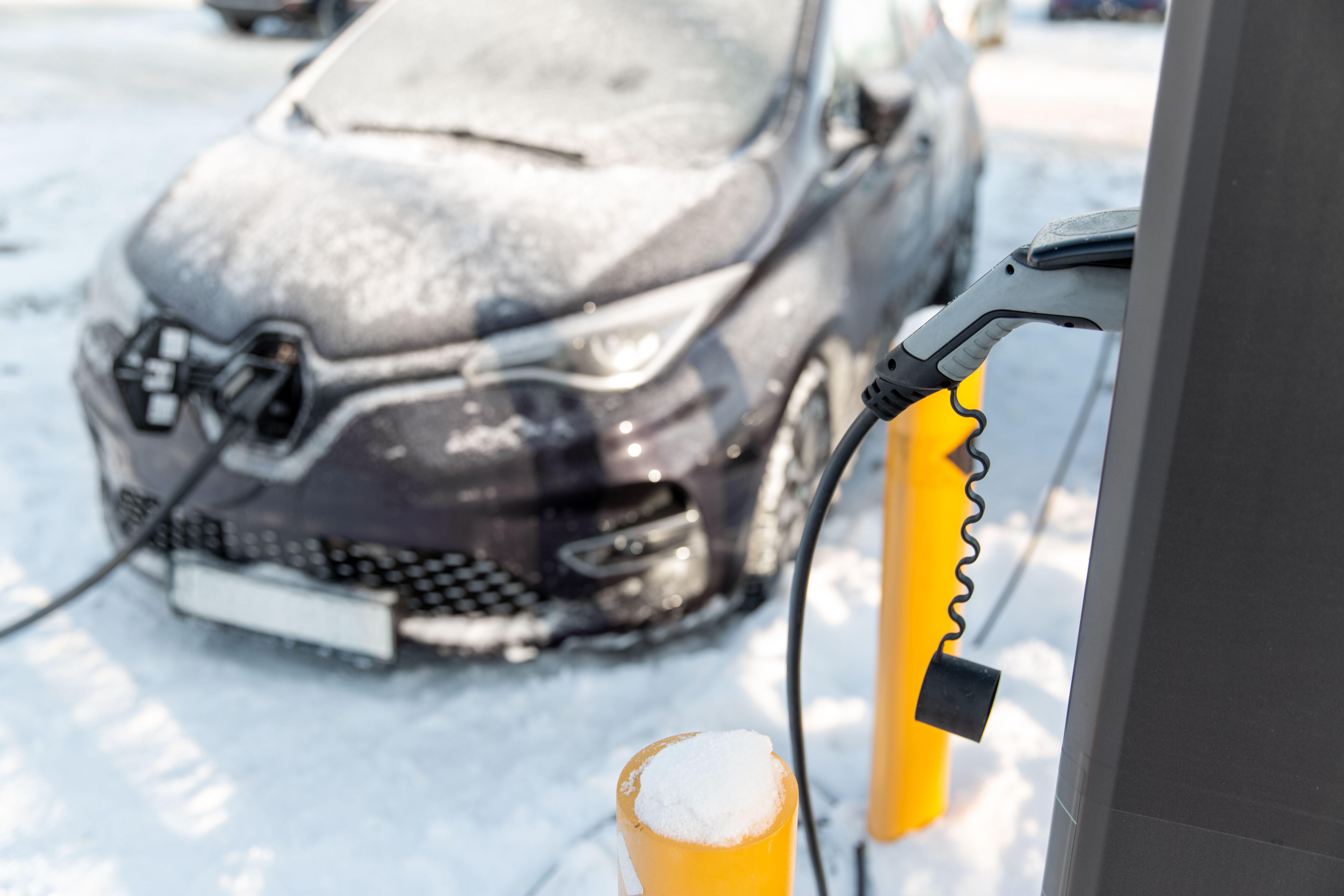
A bitter cold snap in Chicago forced electric vehicle (EV) drivers to wait in line for hours at charging stations last month; some even found themselves stranded when their battery died while they waited in the queues. The rechargeable lithium-ion batteries that power most EVs perform poorly in the cold, so scientists and carmakers around the world are busy scrambling for solutions. These include fancier computer models to ensure peak performance, as well as hardier batteries that keep cars going—and their drivers safe—whether it’s freezing or scorching on the road.
Such upgrades aim to address significant barriers to the promised EV revolution. The Biden administration is working on increasing EV ownership in an ambitious push to cut greenhouse emissions, and the president hopes for EVs to constitute half of all new vehicles sold in the U.S. by 2030 (up from roughly 8 percent of car sales in 2023’s first half). But recent mishaps, such as the stalling of cars in Chicago, show how current EV technology could flounder as future weather gets even more extreme: climate change continues to drive up average global temperatures, but this disrupts patterns that have long regulated the planet’s weather—so overall warming can usher in worse cold snaps.
“Extreme cold introduces safety risks for charging batteries,” says Paul Gasper, a staff scientist at the National Renewable Energy Laboratory’s Electrochemical Energy Storage group. Scientists generally consider lithium-ion batteries safe to use in a relatively narrow temperature range—between around 32 to 140 degrees Fahrenheit (zero to 60 degrees Celsius), but estimates vary. When it hits 20 degrees F (minus seven degrees C) outside, an EV’s average driving range drops by 12 percent compared to its range at 75 degrees F (24 degrees C), the American Automobile Association found in 2019. To understand why, we have to dip into the chemistry that powers an EV battery.
On supporting science journalism
If…
Read the full article here






